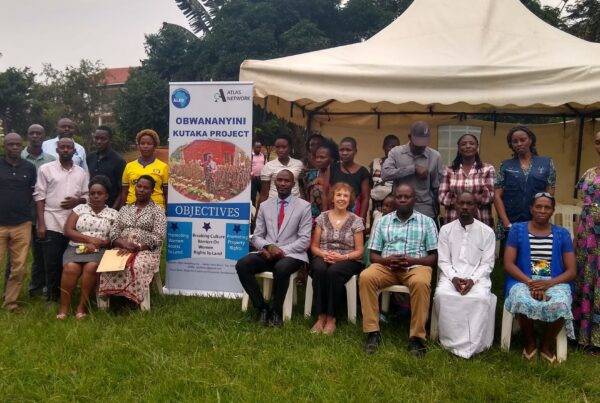Sub-national comparison of legal barriers to women’s right to choose work in India
After 12 months of hard work, Bhuvana Anand and Sarvnipun Kaur from Trayas Foundation are thrilled to share their first report.

Bhuvana Anand and Sarvnipun Kaur
Despite being 35.4 crore strong, working Indian women remain woefully underrepresented in the formal economy—only 18.6% participate in the labour force. Their female labor force participation rates are amongst the lowest in the world; only parts of the Arab world fare worse. Even as the economy has grown, educational attainment has increased, and fertility rates have fallen, women are not participating in the formal economy.
This curious case is the subject of Trayas’ first research area. On the occassion of International Women’s Day, we are proud to present our first edition of the State of Discrimination Report with an exclusive first look on livemint.com. Using 48 Acts, 169 Rules, and 20 Notifications/Orders, we build an index comparing 23 states on how much economic freedom they give female jobseekers. We hope that their data-informed insights help states reassess the import of legally sanctioned discrimination and perhaps ultimately repeal these stifling directives.
This report is a sub-national comparison of legal barriers to women’s right to choose work in India. Using an analytical framework, the report measures the extent to which Indian states discriminate against women. 23 states are assessed on the preponderance of 4 types of restrictions on female job-seekers: (1) working at night; (2) working in jobs deemed hazardous; (3) working in jobs deemed arduous; and (4) working in jobs deemed morally inappropriate.
You will find the full report and all datasets here.




